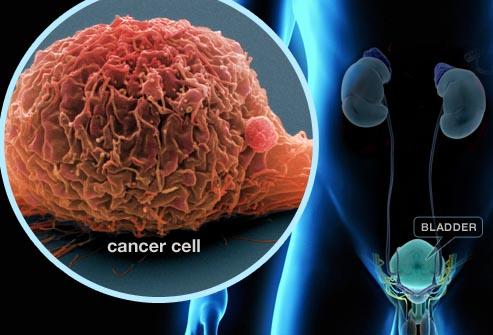
The last decade has seen a significant increase in the use of neoadjuvant chemotherapy for nonmetastatic muscle invasive urothelial bladder cancer, and a recent study has shown that its utilization is not associated with adverse perioperative outcome following robot-assisted radical cystectomy.
The International Robotic Cystectomy Consortium database was retrospectively reviewed between 2006 and 2017. Patients with nonmuscle invasive bladder cancer were excluded, and those eligible for the study were divided into two groups: those who did vs did not receive neoadjuvant chemotherapy. Data were reviewed for demographics, preoperative, operative and 90-day perioperative outcomes.
Trends of neoadjuvant chemotherapy associations with high-grade and overall complications with time were evaluated using the Cochran-Armitage trend test. The authors also carried out multivariate stepwise regression analyses to determine whether neoadjuvant chemotherapy was associated with prolonged operative time, 90-day postoperative complications, readmissions, reoperations and mortality after robot-assisted radical cystectomy.
Neoadjuvant chemotherapy was given to a total of 298 patients (26 percent), who apparently were younger (age, 67 vs 69 years; p=0.01) and more frequently had an American Society Anesthesiologists score of ≥3 (62 percent vs 55 percent; p=0.02) and pathological T3 stage or greater disease (28 percent vs 22 percent; p=0.04).
Neoadjuvant chemotherapy utilization significantly increased from 10 percent in 2006–2007 to 42 percent in 2016–2017 (p<0.01).
Multivariate analysis revealed that neoadjuvant chemotherapy was not significantly associated with prolonged operative time, hospital stay, 90-day postoperative complications, reoperation or mortality. However, it correlated with 90-day readmissions following robot-assisted radical cystectomy (odds ratio, 5.90, 95 percent confidence interval, 3.30–10.90; p<0.01).